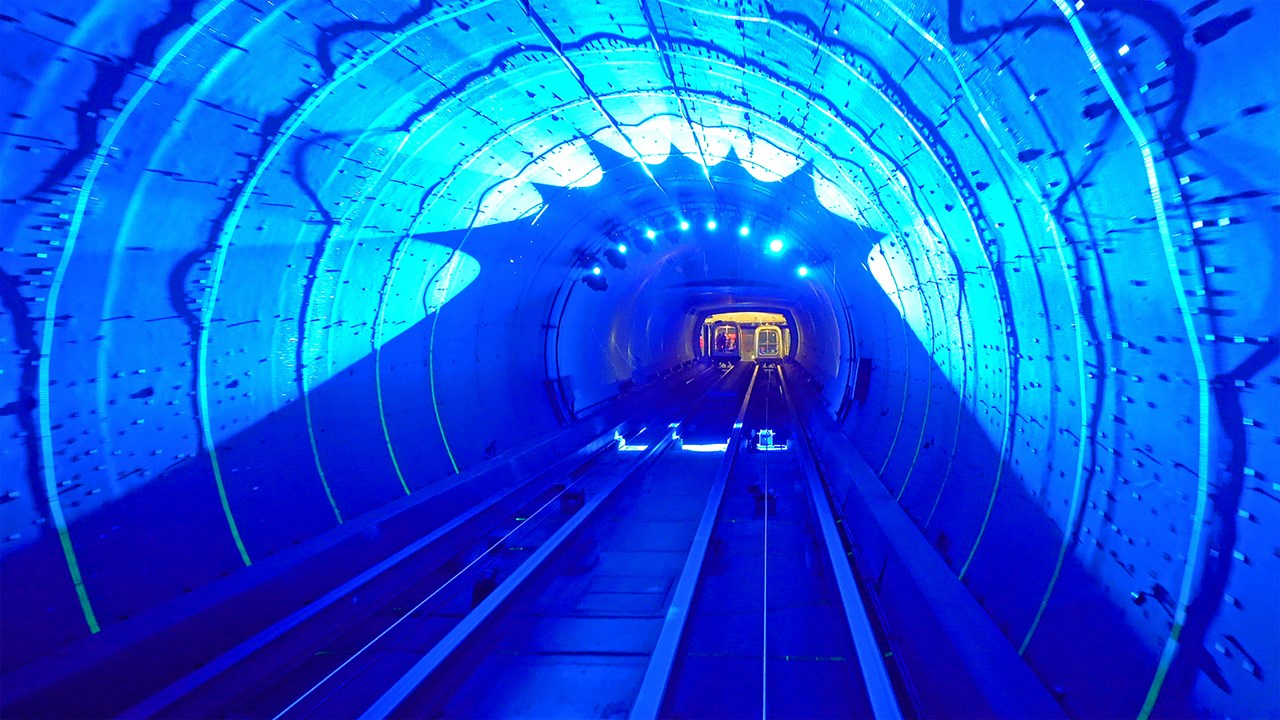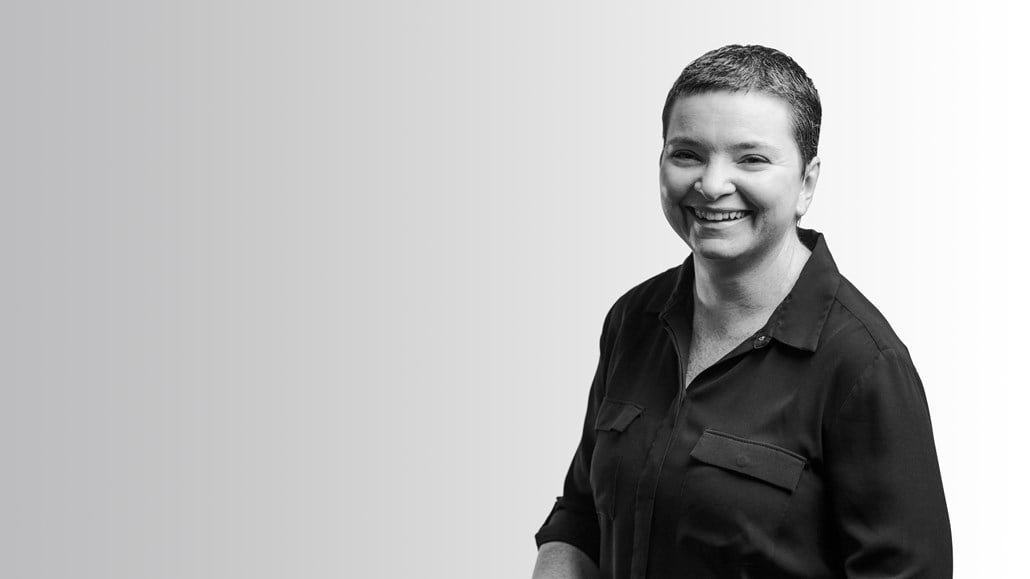Subscribe to Our Blog
Receive updates from our team as we share application notes, customer spotlights, educational tools, spectroscopy how-to’s, and more.

With the pandemic helping to intensify interest in UV disinfection lamps, the recent LuxLive Digital Kicker UV-C Conference was both timely and relevant. More than 16,000 registered for the event, which covered UV-C technology, applications and standards.
LuxLive was organized by Revo Media, a major UK-based publisher and event company focused on the lighting technology and design sector. The Digital Kicker UV-C Conference, which took place on 22 September 2020, was sponsored by Signify, a “world leader in lighting for professionals, consumers and lighting for the Internet of Things.”
The backdrop for the event was the rising demand for UV disinfection systems, as air and surface disinfection are key elements in controlling the spread of COVID-19. UV light is divided into three wavelength bands: UV-A (315-400 nm), UV-B (280-315 nm), and the higher energy UV-C (100-280 nm). The goals of Digital Kicker UV-C were to share knowledge on UV-C technologies and applications, and discuss the concerns and potential of the UV disinfection market.
Here are key findings from the conference and some suggestions for how Ocean Insight spectral technologies can help to address them:
UV-C is dangerous to humans, so practical considerations about its deployment are crucial. For UV to eliminate any pathogen we need to deliver the appropriate dose. Therefore, it’s crucial to characterize the UV irradiance output of each lamp and then calculate the appropriate dosage.
How Ocean Insight can help: We offer spectral systems that measure lamp wavelengths and calculate intensity values. Also, with a UV version of an instrument like our WaveGo handheld spectrometer, users would be able to make the measurements, then connect to a smartphone, record and store measurement data via a cloud-based app, and later search and retrieve the data for proof of compliance.
The use of ultraviolet (UV) light is growing in popularity. When applied appropriately, UV light is a powerful disinfectant tool to decontaminate surfaces, rooms, products and water.
Shadowing is a big concern for UV-C, as microbes can only be killed where the light reaches. (In shadowing, the UV light cannot reach the bacteria or virus when obscured by particulates that cover the surface or objects that are behind the intended target. This requires making sure the area is free of dust and other impediments.) For surface disinfection, the geometry of a room and positioning of the objects being disinfected will determine the dosage and position of the UV source. Measuring the dosage delivered to a surface is crucial to ensure that a surface has been cleaned.
How Ocean Insight can help: In a recent blog post, we discussed the nuances of effective UV measurements.
Compliance is achieved by a combination of various standards, as there is no one, all-encompassing standard. Existing standards are primarily for safety, and there is a new part of IEC 62471 being drafted that will cover photobiological safety (IEC 62471-6). (The IEC is the International Electrotechnical Commission, which prepares standards for electrical, electronic and related technologies.)
IEC 62471-6-6 will list specific applications and precautions but will still only mention the product. This part of the standard will help minimize the risk of improper installation and will group products and detail how they are to be used. Agreeing on nomenclature and classification will help impose clear measures for the industry.
Currently, most devices require CE certification or equivalent UKCA for a no-deal Brexit and MDR (Medical Device Reporting) for medical applications.
This includes airports, courthouses, gyms and hospitality locations, and airline food and other consumer packaging, vaccine transport boxes, and school equipment. UV light is attractive for these applications as it doesn’t require vast amounts of chemicals or long cleaning cycles. The effects of repeat UV-C exposure on materials is a potential risk, though not as much research has been done in this area.
How Ocean Insight can help: We’ve observed how the integration of UV-C lighting into robot systems is enabling autonomous disinfection processes that negate the need for human intervention. To support such projects, we’re structured to provide intensive customer collaboration through systems and software development; optical, mechanical and electrical engineering; and industrial design. For example, one recent effort involves working with a leading U.S. pediatric hospital on the challenge of disinfecting PPE for reuse.
Mercury lamps have peak output at 254 nm, which is why a lot of research concentrates on this wavelength. But there are promising findings about 222 nm, as this wavelength appears not to penetrate mammalian cells and could be used in the presence of people. Another interesting wavelength is 405 nm, which is in the visible spectrum and has been found to have germicidal properties. With LEDs the wavelengths can be tuned and hence, the potential for use of specific wavelengths. UV-C LEDs offer higher reliability and lower maintenance than existing technology.
As the lighting industry continues to aim for safe deployment of UV-C technology -- converging on standards and technologies that will protect people while not constraining the technology – the demand builds for more peer-reviewed studies and concrete evidence to support the nascent industry.
Spectroscopy will continue to play a key role in characterizing UV outputs and helping to monitor that the proper dosage has been delivered.
UV disinfection techniques can extend the life of high-demand personal protective equipment (PPE). But does your UV lamp provide enough power to disinfect face masks safely?
Ocean Optics and a leading U.S. pediatric hospital have teamed to monitor the output of UV disinfection lamps that extend the life of critical personal protective equipment (PPE)

Receive updates from our team as we share application notes, customer spotlights, educational tools, spectroscopy how-to’s, and more.